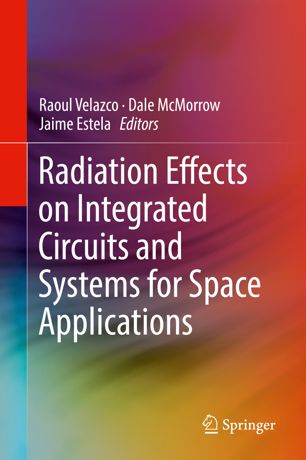

Most ebook files are in PDF format, so you can easily read them using various software such as Foxit Reader or directly on the Google Chrome browser.
Some ebook files are released by publishers in other formats such as .awz, .mobi, .epub, .fb2, etc. You may need to install specific software to read these formats on mobile/PC, such as Calibre.
Please read the tutorial at this link: https://ebookbell.com/faq
We offer FREE conversion to the popular formats you request; however, this may take some time. Therefore, right after payment, please email us, and we will try to provide the service as quickly as possible.
For some exceptional file formats or broken links (if any), please refrain from opening any disputes. Instead, email us first, and we will try to assist within a maximum of 6 hours.
EbookBell Team

4.3
78 reviewsThis book provides readers with invaluable overviews and updates of the most important topics in the radiation-effects field, enabling them to face significant challenges in the quest for the insertion of ever-higher density and higher performance electronic components in satellite systems. Readers will benefit from the up-to-date coverage of the various primary (classical) sub-areas of radiation effects, including the space and terrestrial radiation environments, basic mechanisms of total ionizing dose, digital and analog single-event transients, basic mechanisms of single-event effects, system-level SEE analysis, device-level, circuit-level and system-level hardening approaches, and radiation hardness assurance. Additionally, this book includes in-depth discussions of several newer areas of investigation, and current challenges to the radiation effects community, such as radiation hardening by design, the use of Commercial-Off-The-Shelf (COTS) components in space missions, CubeSats and SmallSats, the use of recent generation FPGA’s in space, and new approaches for radiation testing and validation. The authors provide essential background and fundamentals, in addition to information on the most recent advances and challenges in the sub-areas of radiation effects.